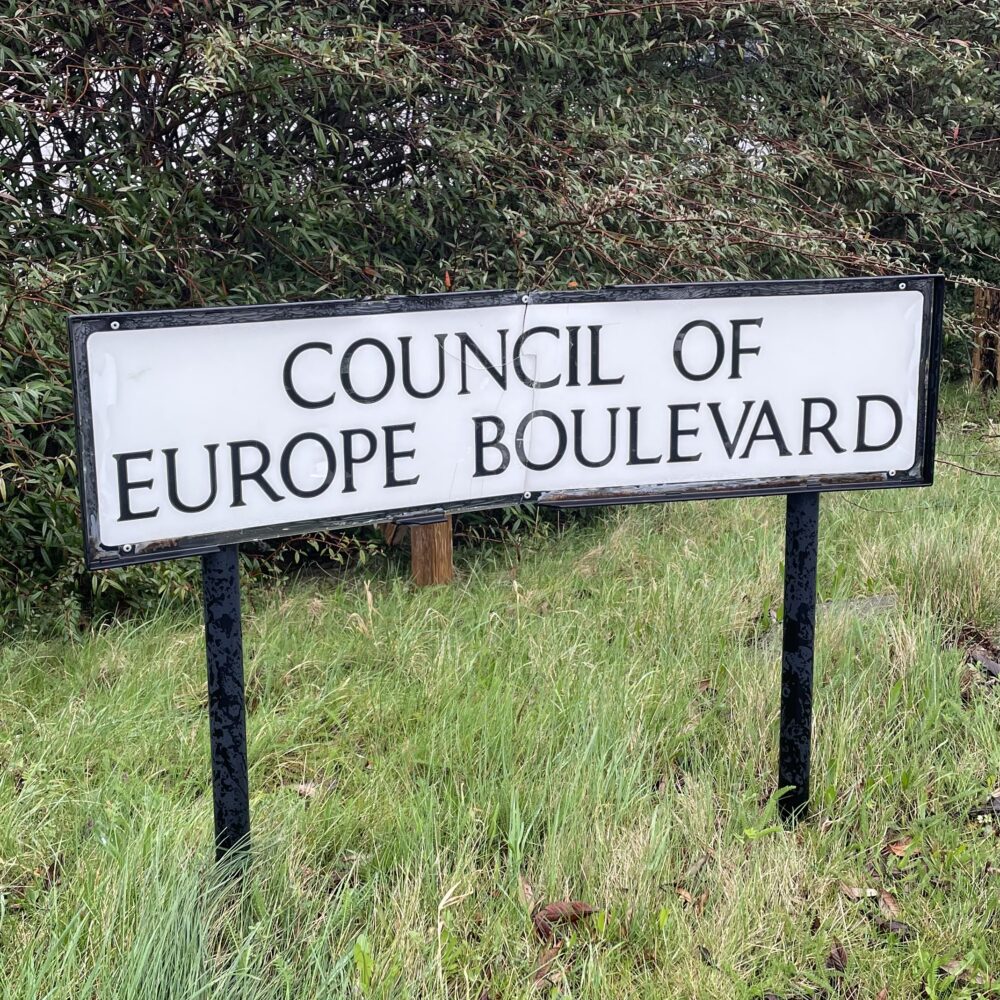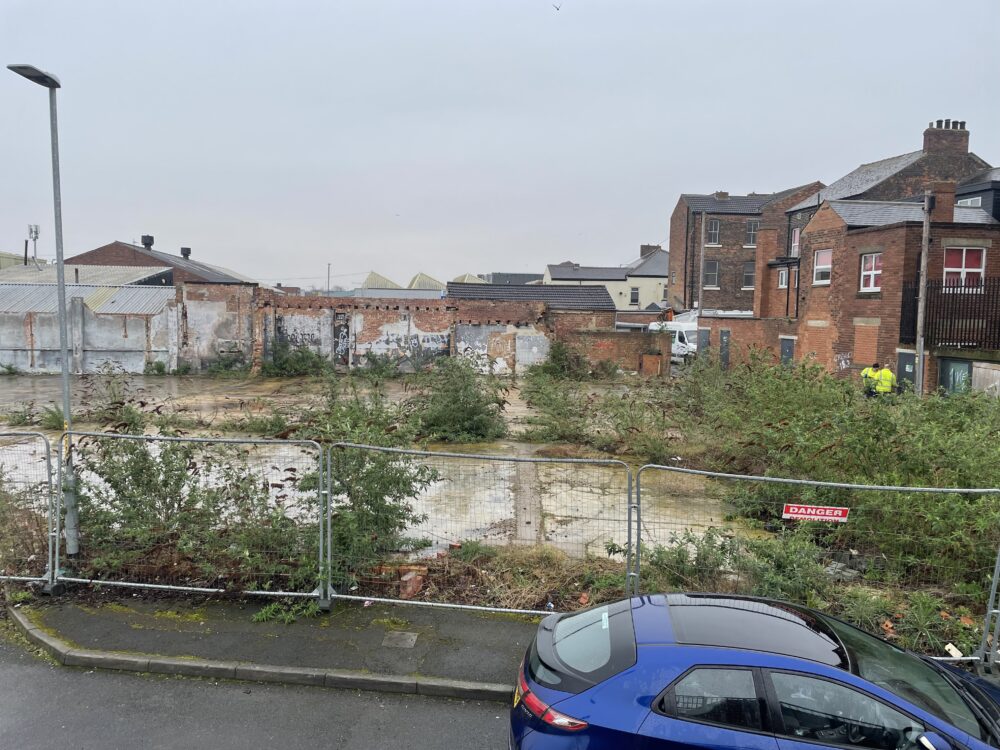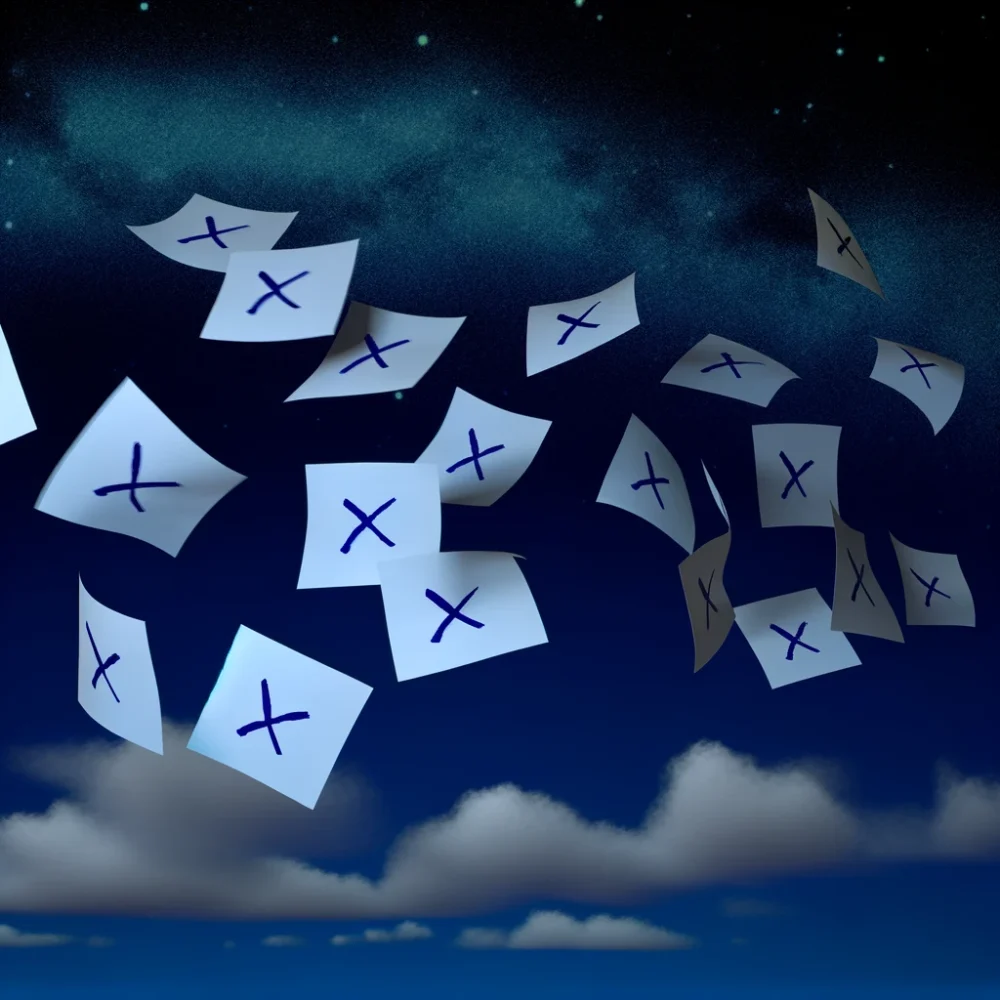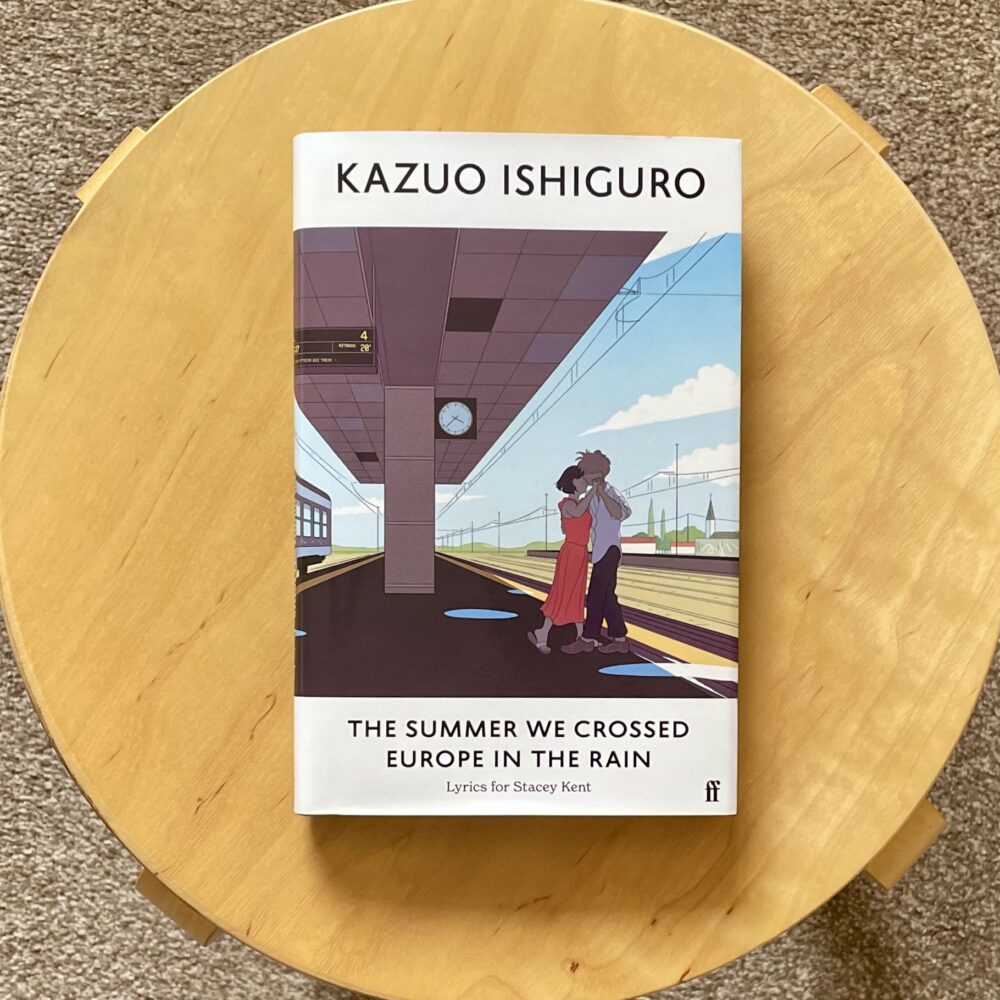‘Space’ by Tim Peake
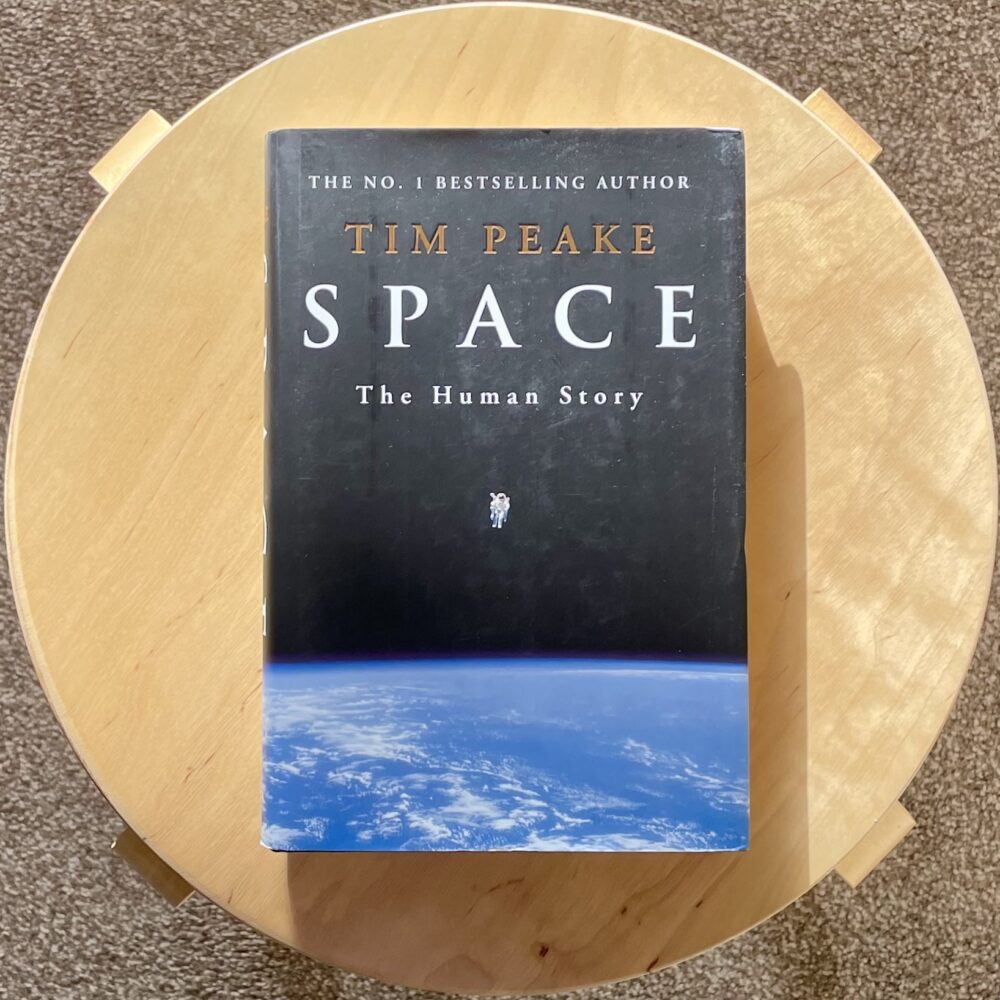
I received this book as a particularly well-chosen Christmas present, just a few months after I finished Tim Marshall’s excellent book The Future of Geography. While Marshall’s book considers space in geopolitical terms, Peake concentrates on the human experience of space flight, from the first cosmonauts to the current Artemis programme.
Peake’s experience in space means he can bring personal insights into much he discusses, and he’s also a great writer. It helps that his focus in this book is on humans, which means that it doesn’t get excessively bogged down in discussion of the technology of spaceflight, which I have sometimes found hard to follow in other books.
Rather than recounting the history of human spaceflight chronologically, Peake tackles it thematically. For example, the early part of the book covers the process of astronaut recruitment and selection, and Peake shows how this has changed over time. There’s a lot of social history woven through the narrative, which I felt added some extra interest. I found this an inspiring read.
Peake discusses the unique contribution that humans can make to space exploration. This section prompted me to reflect: in many areas of life, we’re used to considering how robots can replace humans. In spaceflight, the discussion seemed to start from the opposite point, looking for the areas in which the unique contribution of humans displaces the automatic assumption of using robots. With the expanding capabilities of artificial intelligence and automation becoming ever-more common, including in medicine, I wondered whether this might be a worthwhile thought experiment. If we assume that everything can be done by robots and algorithms, where can humans bring added value? I suspect the conclusions may be more nuanced and helpful than just thinking about which bits of a process can be replaced by automation. It’s an approach I might steal for future discussions about my own work.
I’ve read a fair amount about space exploration over the years, so much of this book’s content was already familiar. However, Peake’s enthusiasm and insight made for an enjoyable read, and his approach to telling the story highlighted areas I’d perhaps under-considered. I raced through this and would thoroughly recommend it.
This post was filed under: What I've Been Reading, Tim Peake.
